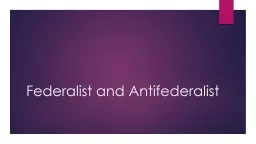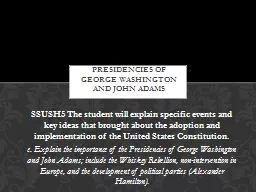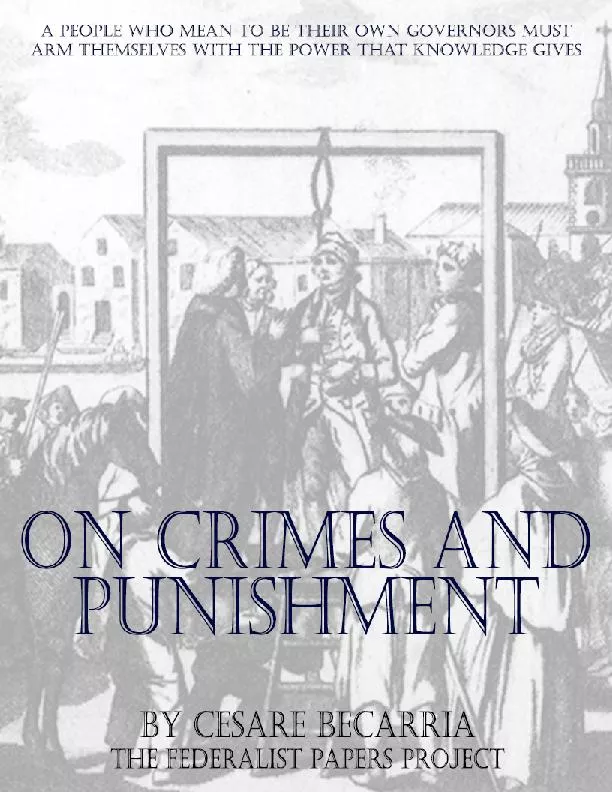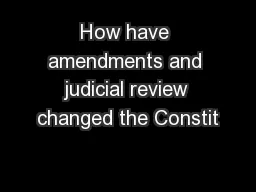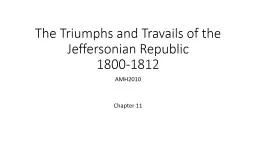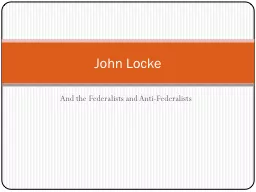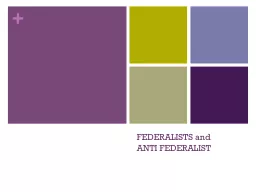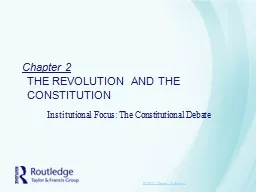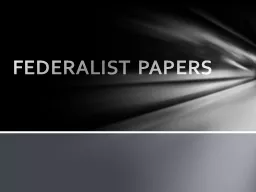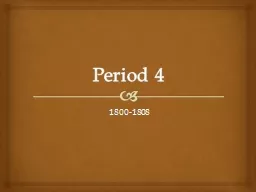PPT-Federalist and Antifederalist
Author : yoshiko-marsland | Published Date : 2017-04-21
Components added to Constitution Enumerated and Reserved Powers Powers that would specifically rest with the Federal Government Enumerate means to list If it wasnt
Presentation Embed Code
Download Presentation
Download Presentation The PPT/PDF document "Federalist and Antifederalist" is the property of its rightful owner. Permission is granted to download and print the materials on this website for personal, non-commercial use only, and to display it on your personal computer provided you do not modify the materials and that you retain all copyright notices contained in the materials. By downloading content from our website, you accept the terms of this agreement.
Federalist and Antifederalist: Transcript
Download Rules Of Document
"Federalist and Antifederalist"The content belongs to its owner. You may download and print it for personal use, without modification, and keep all copyright notices. By downloading, you agree to these terms.
Related Documents

